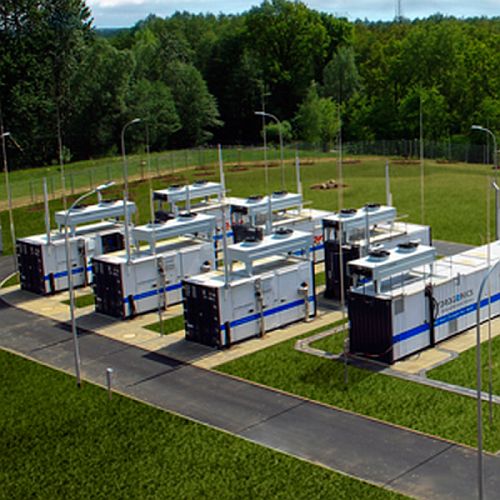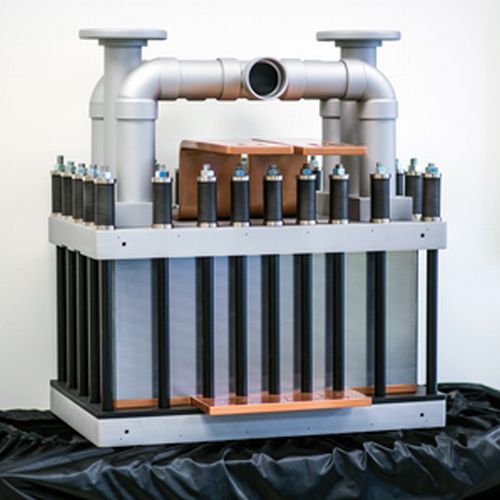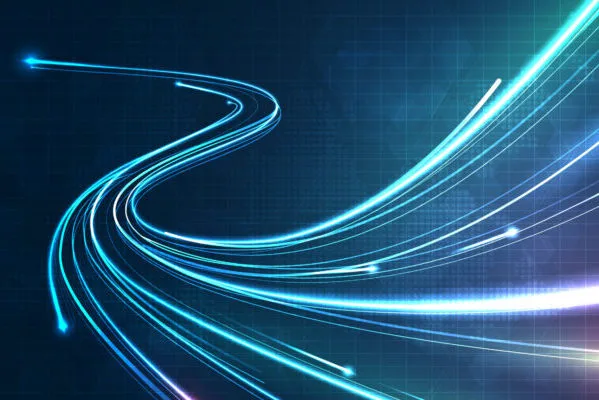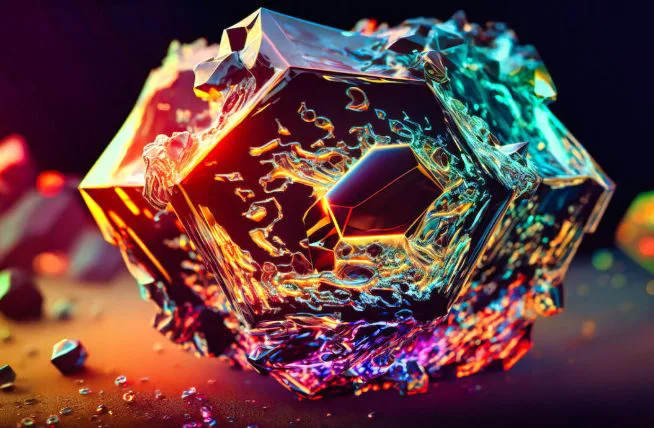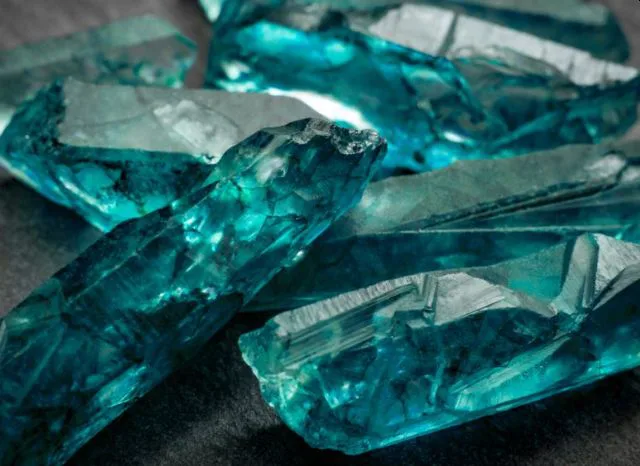In order to solve the impending world’s problem for renewable energy, Germany is becoming more and more dependent on wind & solar power. Currently, the nation has come up with 20 more projects involving storing energy by creating water splitters, the process is known as Electrolysis.
The electrolyzer project
Shipping container sized buildings are constructed for the projects involving water splitters. During the sunny and windy days, the energy will be converted into electric current that would become the energy source for powering the water-splitting reaction. Hydrogen produced from the resulting electrolysis of water would be routed to the storage and distribution infrastructure that is already been utilized for natural gas. Finally, the gas is reverted into its previous state of electricity by the use of combustion or fuel cells.
Not only this, the gas could be utilized for various other applications like powering vehicles based on natural gas, preparing fertilizers and heating homes.
Germany is not the only nation investing in hydrogen energy storage; Canada too is starting with the endeavor. It has already demonstrated a similar setup intended for Ontario.
Water splitters to store energy
Electrolysis or the water splitter is relatively better energy storage option than the others. It’s convenient deployment across anywhere and capacity of storing huge amounts of energy makes it the most preferred choice. Its byproduct, hydrogen gas is not only utilized for replacing fossil fuels in electricity but also in manufacturing and transportation, sectors that are responsible for the most carbon emissions.
One of the major huddles in the electrolyzer project is the efficiency, which is less relatively, it accounts for nearly 65% of energy loss in the original electricity. However, improvements are being done to enhance the overall process, thus making electrolysis a viable option in across locations.
Proton exchange membrane electrolyzer
At the beginning of this year, Siemens broke ground in Mainz with an aim of developing one of the biggest proton exchange membrane (PEM) electrolyzer. The system would not be limited to the steady flow of power – as is the case with other electrolyzers that are designed to function only in the presence of steady power levels – rather it would have the ability to perform in any amount of power from wind and solar. The team is envisions to produce 650,000 kilograms of hydrogen per year, which means 6.5 million gallons of gasoline.
Hydrogenics, the manufacturer of hydrogen generation and fuel cell products from water electrolysis has already backed up many such projects in Germany and now it is developing 40-megawatt system with an expectation of meeting 4.3 million gallons of gasoline annually.
Producing hydrogen from natural gas is cheaper than producing from Electrolysis however, when it comes to storage capability, Electrolysis takes the upper hand. Plus building electrolyzer across geography is more affordable and convenient for economy and environment.
Source: MIT Technology Review

